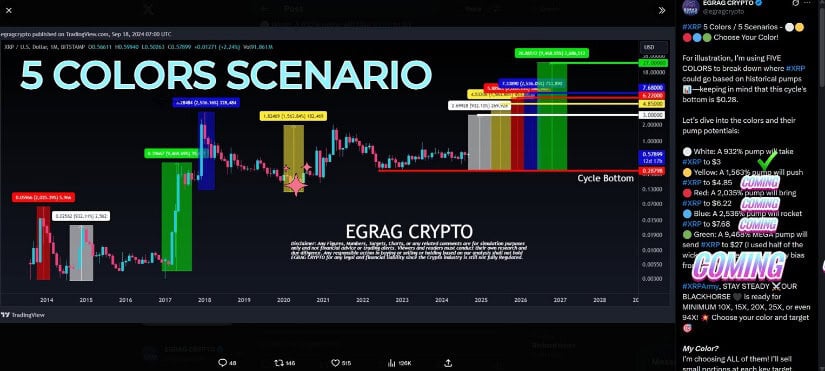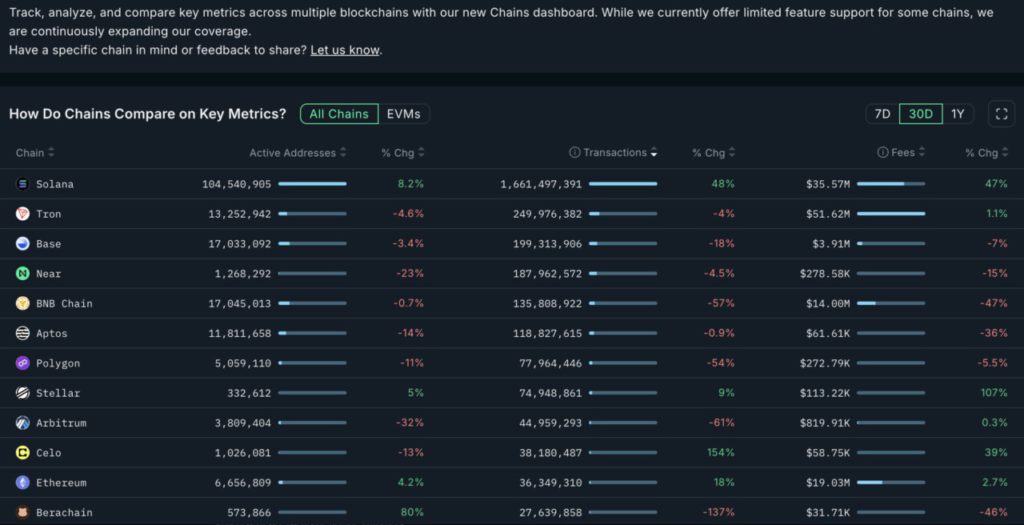Category: Forex News, News
Euro remains fragile despite recent rebound
- EUR/USD rebounds following early decline, trades near 1.1250.
- The technical outlook suggests that the bearish bias remains unchanged in the near term.
- Market attention turns to comments from Federal Reserve policymakers.
EUR/USD remained under bearish pressure following Wednesday’s decline and lost more than 0.5% on Thursday. After touching its weakest level in nearly a month below 1.1200 in the Asian session on Friday, the pair stages a rebound and trades near 1.1250.
Euro PRICE This week
The table below shows the percentage change of Euro (EUR) against listed major currencies this week. Euro was the weakest against the US Dollar.
| USD | EUR | GBP | JPY | CAD | AUD | NZD | CHF | |
|---|---|---|---|---|---|---|---|---|
| USD | 0.71% | -0.07% | 0.33% | 0.84% | 0.80% | 0.92% | 0.59% | |
| EUR | -0.71% | -0.50% | -0.11% | 0.40% | 0.37% | 0.49% | 0.16% | |
| GBP | 0.07% | 0.50% | 0.17% | 0.91% | 0.87% | 1.00% | 0.67% | |
| JPY | -0.33% | 0.11% | -0.17% | 0.51% | 0.48% | 0.68% | 0.38% | |
| CAD | -0.84% | -0.40% | -0.91% | -0.51% | -0.33% | 0.09% | -0.24% | |
| AUD | -0.80% | -0.37% | -0.87% | -0.48% | 0.33% | 0.12% | -0.21% | |
| NZD | -0.92% | -0.49% | -1.00% | -0.68% | -0.09% | -0.12% | -0.34% | |
| CHF | -0.59% | -0.16% | -0.67% | -0.38% | 0.24% | 0.21% | 0.34% |
The heat map shows percentage changes of major currencies against each other. The base currency is picked from the left column, while the quote currency is picked from the top row. For example, if you pick the Euro from the left column and move along the horizontal line to the US Dollar, the percentage change displayed in the box will represent EUR (base)/USD (quote).
The Federal Reserve’s (Fed) hawkish tone helped the US Dollar (USD) gather strength against its rivals in the second half of the week. Additionally, the announcement of the UK-US trade deal further supported the USD, causing EUR/USD to push lower in the American trading hours on Thursday.
Early Friday, US stock index futures trade mixed, pointing to a cautious stance. The economic calendar will not feature any high-tier data releases but several Fed policymakers will be delivering speeches.
In case Fed officials reiterate the cautious approach to policy-easing, the USD could hold its ground and make it difficult for EUR/USD to gain traction heading into the weekend. According to the CME FedWatch Tool, markets currently see about a 17% probability of a 25 basis points Fed rate cut in June, suggesting that the USD has some room left on the upside if investors remain convinced that the Fed will wait until July to adjust the policy.
On the flip side, officials from the European Central Bank (ECB) hinted at the continuation of rate cuts, limiting the Euro’s gains. ECB policymaker Olli Reh said on Friday that the Eurozone’s growth outlook is weakening, while disinflation remains on track. Similarly, Governing Council member Gediminas Šimkus noted that there was downward pressure on inflation and added that a rate cut in June is needed.
EUR/USD Technical Analysis
The Relative Strength Index (RSI) indicator on the 4-hour chart stays near 40, suggesting that EUR/USD’s latest rebound was a technical correction rather than the beginning of a reversal.
On the downside, 1.1175 (Fibonacci 50% retracement of the latest uptrend) aligns as next support before 1.1080 (Fibonacci 61.8% retracement). Looking north, resistances could be spotted at 1.1270 (Fibonacci 38.2% retracement), 1.1350 (100-period Simple Moving Average) and 1.1380 (Fibonacci 23.6% retracement).
Euro FAQs
The Euro is the currency for the 19 European Union countries that belong to the Eurozone. It is the second most heavily traded currency in the world behind the US Dollar. In 2022, it accounted for 31% of all foreign exchange transactions, with an average daily turnover of over $2.2 trillion a day.
EUR/USD is the most heavily traded currency pair in the world, accounting for an estimated 30% off all transactions, followed by EUR/JPY (4%), EUR/GBP (3%) and EUR/AUD (2%).
The European Central Bank (ECB) in Frankfurt, Germany, is the reserve bank for the Eurozone. The ECB sets interest rates and manages monetary policy.
The ECB’s primary mandate is to maintain price stability, which means either controlling inflation or stimulating growth. Its primary tool is the raising or lowering of interest rates. Relatively high interest rates – or the expectation of higher rates – will usually benefit the Euro and vice versa.
The ECB Governing Council makes monetary policy decisions at meetings held eight times a year. Decisions are made by heads of the Eurozone national banks and six permanent members, including the President of the ECB, Christine Lagarde.
Eurozone inflation data, measured by the Harmonized Index of Consumer Prices (HICP), is an important econometric for the Euro. If inflation rises more than expected, especially if above the ECB’s 2% target, it obliges the ECB to raise interest rates to bring it back under control.
Relatively high interest rates compared to its counterparts will usually benefit the Euro, as it makes the region more attractive as a place for global investors to park their money.
Data releases gauge the health of the economy and can impact on the Euro. Indicators such as GDP, Manufacturing and Services PMIs, employment, and consumer sentiment surveys can all influence the direction of the single currency.
A strong economy is good for the Euro. Not only does it attract more foreign investment but it may encourage the ECB to put up interest rates, which will directly strengthen the Euro. Otherwise, if economic data is weak, the Euro is likely to fall.
Economic data for the four largest economies in the euro area (Germany, France, Italy and Spain) are especially significant, as they account for 75% of the Eurozone’s economy.
Another significant data release for the Euro is the Trade Balance. This indicator measures the difference between what a country earns from its exports and what it spends on imports over a given period.
If a country produces highly sought after exports then its currency will gain in value purely from the extra demand created from foreign buyers seeking to purchase these goods. Therefore, a positive net Trade Balance strengthens a currency and vice versa for a negative balance.
Written by : Editorial team of BIPNs
Main team of content of bipns.com. Any type of content should be approved by us.
Share this article:









